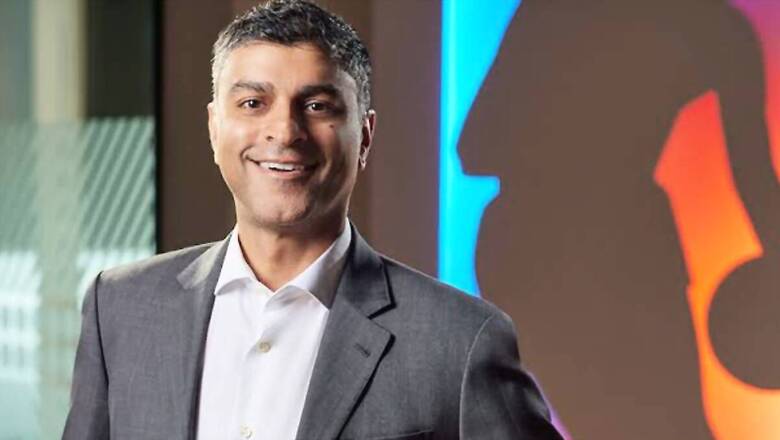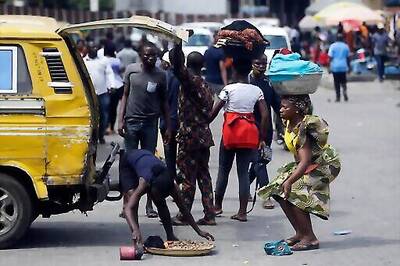
views
In a bid to further expand and strengthen its existing foot hold in the country, the National Basketball Association (NBA) India is looking to scale up its elite talent development across the country with the vision of building a better pipeline of players and to nurture local heroes for the game of basketball to grow and to become more popular in the country.
NBA India has been for over the last 12 years steadfast in their commitment to growing basketball in country and in an exclusive interaction with News18 Sports, Rajah Chaudhry, Head of Strategy, Asia Pac & Country Head, India at the National Basketball Association (NBA), shared significant insights about the organization’s commitment to evolving and expanding its elite talent development program in India.
Reliance Foundation, in conjunction with the NBA, has been at the forefront of development initiative that has seen the Junior NBA Program, run with Reliance Foundation, just conclude its 10th consecutive edition. The NBA’s existing programs, including the Junior NBA Program, basketball Without Borders and schools initiatives has also lead to scholarships over the years for budding hoopsters from India getting exposure in the United States.
Chaudhry, however, believes there is more scope to create a scalable model for talent development to tap into the vast sporting potential across the country.
Developing NBA Academy Across India
“We’ve essentially decided we want to expand our elite talent development effort from a single academy, which is what we have in Noida, to a more scalable model,” said Chaudhry, adding, “But … a different model that allows talent to develop across the country. We think that’ll build a better pipeline of players. But we just we feel there’s a need to essentially change that model.”
The NBA Academy India at Jaypee Greens Integrated Sports Complex in Delhi National Capital Region (NCR) was started back in 2017 for top prospects from throughout India with each year more than 20 youngsters receiving scholarships and training to attend NBA Academy India. When Princepal Singh became the first NBA Academy prospect to join with the NBA G League Ignite – a new team of outstanding young prospects – in July 2020, he became the torchbearer for the program.
“Our current plan is to move away from the current facility in Noida to other areas across the country. We haven’t identified the exact areas other than we do know where basketball is popular and where the talent pools up, particularly in the south, in the northeast, etc.” Chaudhry said about the expansion plan, adding. “So we want to make sure we try and cover the country in that regard, which has been one of the challenges with the single residential academy thus far.”
Creating Local Heroes Key and Need for More Competition
Another key factor that Chaudhry is eying with the new expansion model is recognizing the need of building local basketball heroes and understanding it as being a long-term project.
“We know it’s a long-term project. But we have been encouraged with some of the outcomes we’ve seen, particularly the number of kids we’ve sent on scholarships to the US. To us, that proves that the talent is there. Whilst we haven’t yet, we obviously had an NBA player at one point, but maybe not a consistent one or WNBA player yet but we want to keep working on it.
“So that really leads us to the change in model, which is how do we scale up the program, actually? Right now, we can only touch very few talented kids in India through the current program. So our goal is to touch more kids and find more talent and maybe find it in pockets where we haven’t either been looking, although we have been looking, but maybe this new model will allow us to find new pockets of talent. But most importantly, it’ll just allow us to train more kids. And we think training more kids, as they compete against each other, they’ll get better. And so that’s really the idea behind the scalability of the model. We just think that with only a few kids, it’s really hard to get them to sharpen against each other. We need more competition at that elite level.”
Schools play a pivotal role in our programs
Schools still remains the focus area and evident from the success of the recently concluded RF Jr. NBA program that spanned across 14 cities with over 7000 students from 600 schools participating in the 3-on-3 regional basketball events. For Chaudhry too the emphasis is on catching them young and giving them enough time and space to grow.
“The schools are one of the keys. Any programs that we run because that’s where the infrastructure is. Every kid you see plays basketball at a young age because most schools have a basketball court. If we can get out to those tier two and tier three cities, that’s certainly on our radar. We’ve done programs in tier two and tier three cities before. Again, as we evolve every year, we try to look at how we balance the scale of our programs with the impact. So for us, we could spend all of our money just going to every corner of India.
“Just spending five minutes with somebody. But would that five minutes do much? Or we can balance that and say, okay, we can spend a few hours with these kids, but maybe we can’t cover as much ground. And so that’s the balance we’re always trying to strike. Again, nothing’s perfect. Of course, we’d love to spend hours with every kid across the entire country. Over time, we hope we can change up some cities. Can we get to some new cities? Can we have more impact? Like I said. So that’s what we’re always evaluating. But schools are key to the programs because that’s where the infrastructure is. That’s where the basketball court is,” added Chaudhry.


















Comments
0 comment